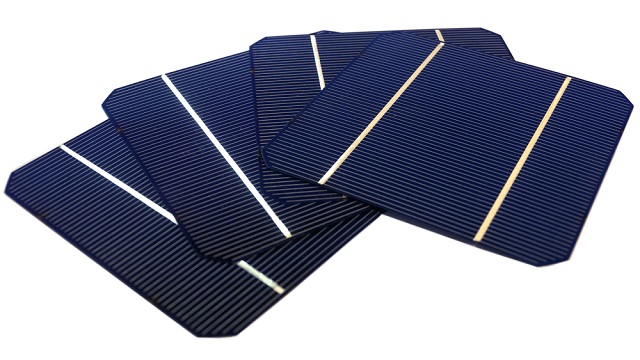Microbeads: Great For The Skin, Bad For The Fish

What’s the Latest Development?
A survey of the Great Lakes done last July revealed alarmingly high concentrations of tiny “perfectly spherical” plastic beads in three of the five lakes. These beads, also known as micro-plastic, are the kind most commonly used as abrasives in face and body scrubs, and they were found in concentrations ranging from 1,500 to (in the case of Lake Erie) 1.7 million particles per square mile. Team leader Lorena Rios presented the results of the survey in April at the national meeting of the American Chemical Society; they will be published in Marine Pollution Bulletin later this summer.
What’s the Big Idea?
Microbeads are too small for water filtration systems to catch, and thus end up in the lakes where fish and birds are likely to mistake them for food. In addition, the plastic absorbs other dangerous pollutants that exist in the lakes because of industrial processes. The resulting accumulation in fish and other animals carries those contaminants up the food system. The study is being done in collaboration with the 5 Gyres Institute, which is studying ocean garbage patches and has helped in convincing cosmetics manufacturers to replace plastic microbeads with natural exfoliants such as pumice or ground walnut husks.
Lefteris Papaulakis / Shutterstock.com
Read it at Scientific American




